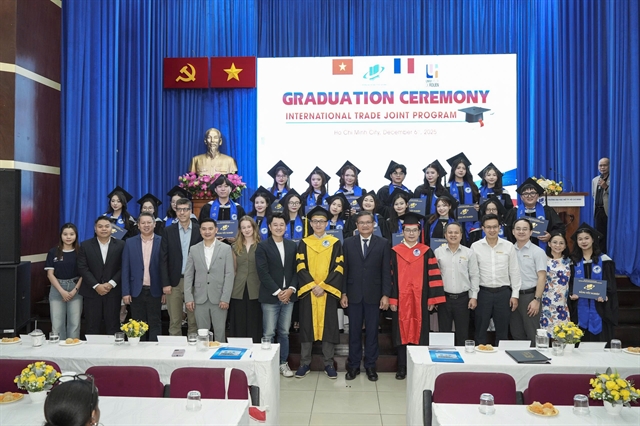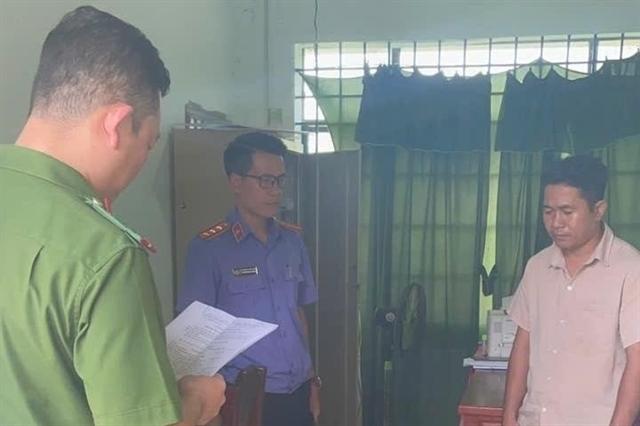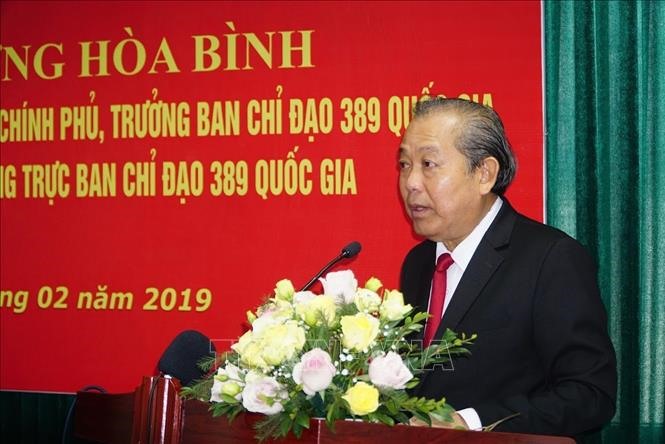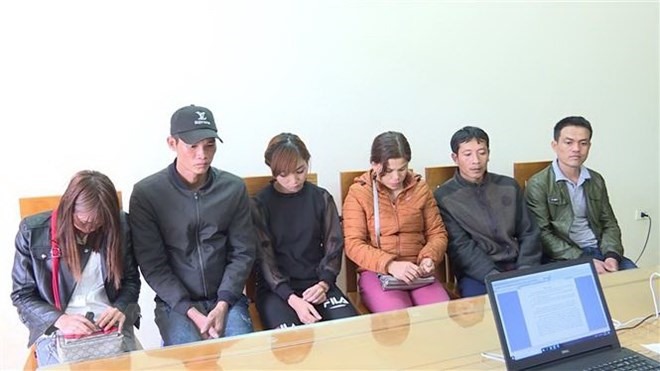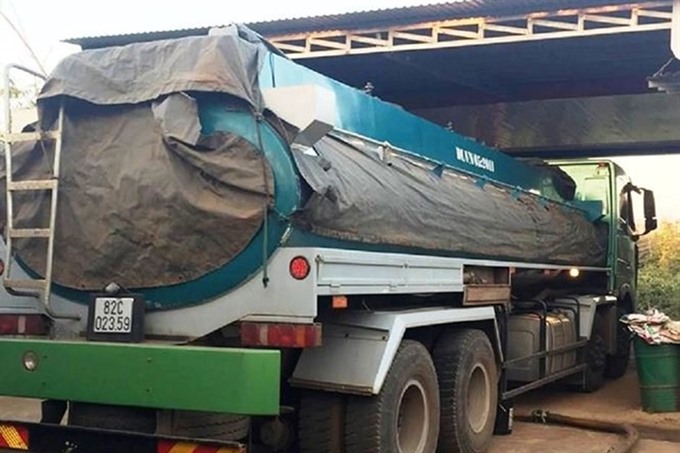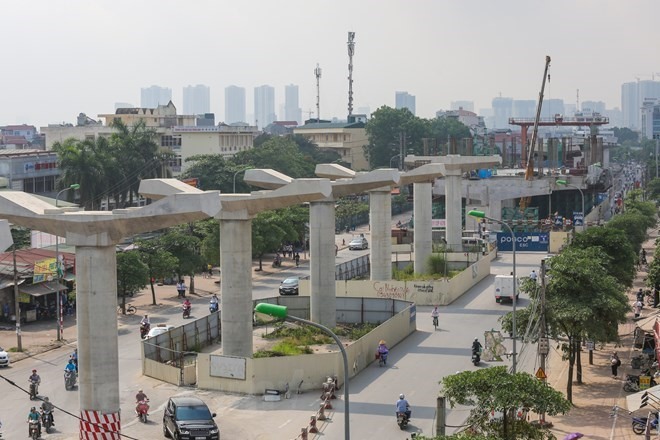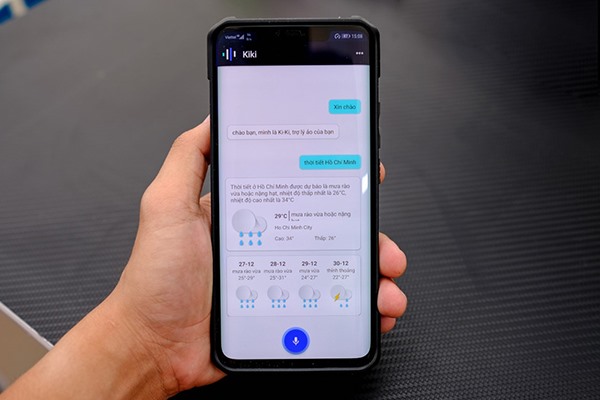
 |
| Doctor Chu Tan Si (centre), who is dubbed the “golden hand” of neurosurgery in Việt Nam, was chief of the surgeon staff for the February 15 operation. -Photo soha.vn |
HCM CITY — Hồ Chí Minh City’s Nhân Dân (People) 115 Hospital has successfully carried out the first robotically assisted brain tumour surgery in Việt Nam.
The patient, 67, was hospitalised with a headache, dysarthria and right limb weakness. An MRI scan revealed that she had a small tumour in the left cerebral hemisphere, measuring 2cm and located about 1.5-2cm from the cortex, affecting her speech and mobility.
Doctor Chu Tấn Sĩ, head of the hospital’s Neurology Department, said normal surgery could result in neurological sequelae – complications caused by damage to the nervous system – because the tumour was very small.
He and his colleagues decided to deploy the Modus V Synaptive robot system, which was first used in the United States in 2015 and was brought to Nhân Dân hospital last year. The system is designed to be used in neurological and skull surgeries.
On February 15, the surgery was performed by Doctor Sĩ and his colleagues with the support of Professor Amin Kassam, Vice President of Aurora Health Care (USA).
Professor Kassam said robotically assisted brain surgery has been widely used in developed countries such as the US, Canada and Australia, allowing doctors to perform complex procedures with more precision, flexibility and control than conventional techniques. Robotic surgery is usually associated with short, minimally invasive surgeries.
After an hour and a half of surgery, the team successfully removed the tumour. This medical landmark was the first robot-assisted brain surgery in Asia.
Profesosor Amin Kassam expressed his surprise and satisfaction at the outcome, saying the surgery was expected to last two hours.
If carried out by classical surgery with microsurgery glasses without the use of the robot, he said the procedure would last about four hours.
“When having a tumour in the brain, the patient suffers from pains and harsh swelling,” he said. “The tumour itself makes nerves surrounding it become very fragile, so it requires super high accuracy when performing surgery.”
“Just a small mistake would cause the patient to have a paralyzed arm or leg,” he said.
According to Amin Kassam, the system used for the surgery is the most advanced robotic neurosurgery system.
The Modus V Synaptive system directly captures part of the patient’s body by MRI scan, and then instructs surgeons during the operation.
Robotic surgery has very high accuracy and is capable of small incisions suitable for cranial nerve interventions requiring precision down to the millimetre.
The system can also navigate and automate robotic arms, providing surgeons with the latest technological advances to perform minimally invasive surgery, helping doctors choose the optimal approach for each patient to minimise complications and the risk of damaging important functions such as language, vision and movement.
“As it is the first operation on a brain tumour with the new robot system, the pressure was great, even though the team had prepared very carefully,” said Doctor Sĩ. “The surgery was different from the previous cases I was responsible for. In microsurgery I have to look at my hands, but for the robotically assisted surgery, all the operations can be viewed on the screen.”
The surgery does almost no damage the adjacent brain structure. After 1.5 hours of surgery, the patient was in a stable condition and was transferred to the Neurology Department for extensive care.
Hospital Director Phan Văn Báu said that leading surgeons have been sent to study in large nerve centers in the world for the surgery preparation.
The hospital also expects the technique will soon be approved for the list of health insurance procedures to improve the quality of treatment for patients. — VNS

